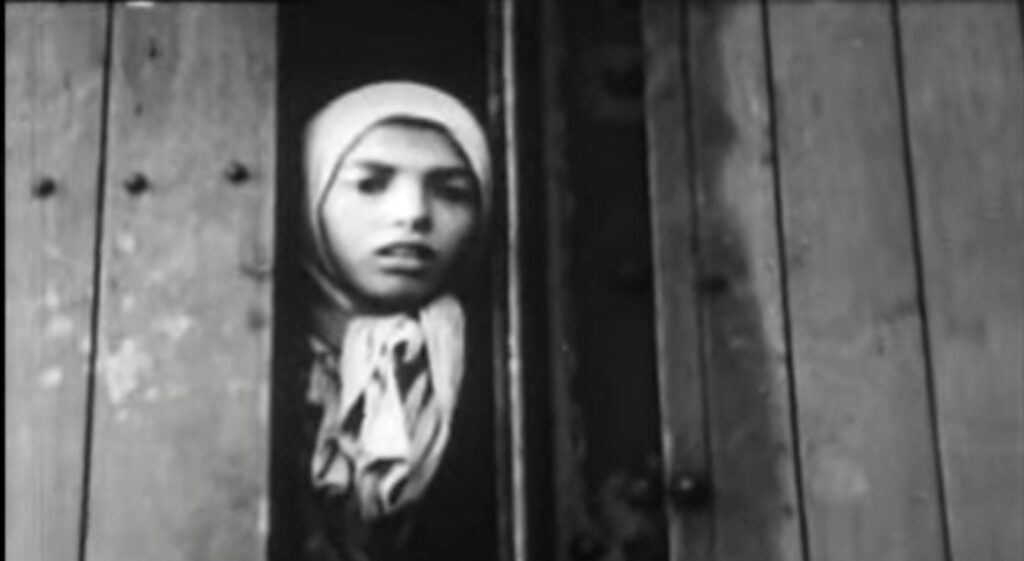Introduction – Roma and Sinti during the Holocaust
Roma in Auschwitz were part of the wider tragedy of Roma and Sinti under Nazi rule. They were among the groups persecuted systematically, with policies evolving from exclusion and discrimination in prewar Germany to genocide during World War II. See the Persecution of Roma in prewar Germany (1933–1939) via USHMM. Many were deported to Auschwitz, where their fate became one of the most tragic chapters of the Holocaust.
Deportations of Roma to Auschwitz
Beginning in 1943, Nazi authorities forced Roma and Sinti from across Europe into deportation trains bound for Auschwitz-Birkenau. Families were transported together—men, women, and children—unlike many other prisoner groups.
By 1944, roughly 23,000 Roma were officially registered in Auschwitz and related camps. For a broader overview, see Genocide of European Roma, 1939–1945.

The Zigeunerlager – Family Camp in Birkenau
Upon arrival, many Roma were housed in a dedicated sector in Birkenau called the Zigeunerlager (Family Camp), in section BIIe. Unlike most prisoner groups, Roma families (parents and children) stayed together.
Life in the Zigeunerlager was brutal: overcrowded barracks, lack of sanitation, little food, rampant disease. Many children perished quickly, just like the youngest described in Children in Auschwitz.
For a broad look at prisoner categories including Roma and Sinti, see Sinti and Roma in Auschwitz by the Auschwitz Memorial, and the Auschwitz map for the camp’s structure.
Life and Medical Persecution
In the Zigeunerlager, day-to-day survival was a struggle against hunger, epidemics, and violence. Roma prisoners were also singled out for medical experimentation. Josef Mengele in particular targeted Roma families and twins for pseudo-scientific research, reinforcing Nazi racial ideology.
Many Roma children and adults died from forced conditions or were murdered outright due to their ethnicity.
Night of 2 August 1944 – Liquidation
The Zigeunerlager met its end on 2 August 1944. Over 4,300 Roma men, women, and children were selected and murdered that night in the gas chambers of Birkenau.
Some Roma had been previously transferred out under forced labour orders, but most remaining in the camp were killed.
This date is now commemorated as Roma Genocide Remembrance Day.
Memory and Memorialization
For decades after the war, the genocide of the Roma – often called the Porajmos or “the Devouring” – was underrecognized in public Holocaust memory. Survivors’ voices were rarely heard, and the suffering of Roma communities was not given the same visibility as other groups targeted by the Nazis. It was only in the late 20th century that broader public acknowledgment began to grow, thanks to the work of survivors, historians, and Roma organizations.
Today, the site of the former Zigeunerlager, where Roma in Auschwitz were imprisoned with their families, is part of the Auschwitz-Birkenau State Museum. Visitors can learn about their fate and the unique character of the family camp. On 2 August each year, ceremonies gather survivors, Roma communities, government officials, and representatives of memorial institutions to honour the victims. The date has become a focal point for Roma remembrance across Europe.
International organizations such as the Council of Europe, the European Parliament, and Holocaust education centres like the USHMM and Yad Vashem now actively promote awareness of the Roma genocide. Educational projects, exhibitions, and research initiatives are helping to correct decades of silence. Including the tragedy of Roma in Auschwitz in the wider Holocaust narrative is vital to ensure that the voices of these victims are never forgotten.
Remembering the Roma of Auschwitz
The experiences of Roma in Auschwitz illustrate the full scope of Nazi racial policies. From their deportations and forced life in the Zigeunerlager, to their extermination, the Roma represent a group whose suffering must not be omitted from the narrative of Auschwitz. Their memory is a vital part of a complete, just remembrance, inseparable from the broader story of Victims and Survivors of Auschwitz.
